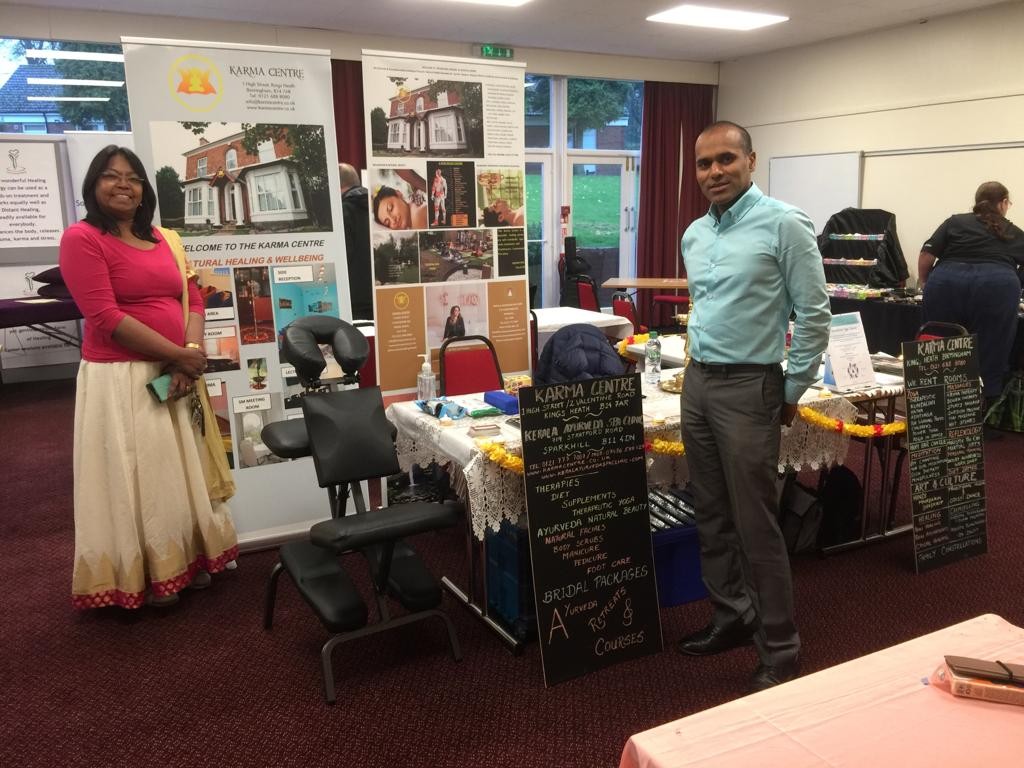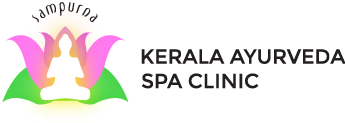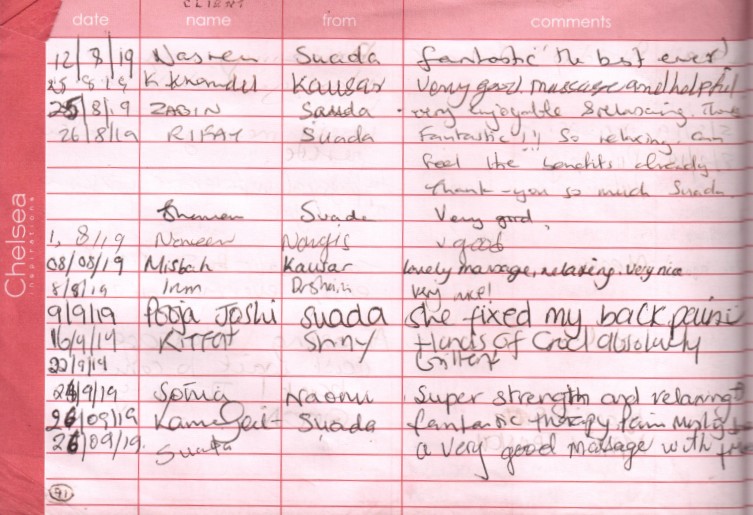
These are general guidelines and do not apply to people with other disorders, always check with your physician for diet and exercises suitable to your condition.
DEFINITION
Sciatica is a pain originating from the sciatic nerve causing mild to sharp and sometimes excruciating pain. It generally travels from the buttock, down the back of the thigh, and into the leg, sometimes from the lower back all the way to the foot.
CAUSES
Compression of the spinal nerve due to ruptured vertebral disc in the spine or 2 faulty posture such as slumping on a chair or sleeping in a curved position or injury that hurts the lower back region can be triggering causes for sciatic pains.
TREATMENT PLAN
Ayurvedic treatment of Sciatica consists of cleansing herbs that eliminate the toxic build up, digestive herbs that restore proper digestion. Medicated oils can be applied to soothe the sciatic nerve. Panchakarma, massage therapies are very effective in subsiding the pains of sciatica.
CONSULTATION
Ayurvedic Consultation with a qualified and experienced Ayurvedic Doctor is necessary.Ayurveda has a high rate of success in the treatment of Sciatica.
DIET
A large proportion of the diet must be carbohydrates, which facilitate proper movement of bowels, thereby bettering the body’s digestion. Green leafy vegetables should be incorporated in the diet as they provide fibre which improves digestion and elimination of wastes. Fruits such as bananas and apples are recommended. Heavy meals must be avoided as they take a long time to digest. This may exert undue pressure on the lower back region.
THERAPIES
External oil application with medicinal oil and “Bolus” or bundles of fresh and dry hers wrapped in cloth is applied to improve the blood circulation, stimulate and strengthen the nerves and reduce the aggravated Vatha Dosha which helps reduce the pain.Usually the treatment period is 4 – 5 weeks according to the severity of the disease.
SELF HELP
While sleeping, lie straight on your back or with bent knees supported by a pillow. Do some light sciatica exercise such as light walking and jogging. Do not exercise if your condition is extremely painful. Taking hot and cold compresses on an alternate basis can be quite helpful in relieving pain.
UNCONTROLLABLE RISK FACTORS
Age-related changes in the spine, are the most common causes of sciatica.
CONTROLLABLE RISK FACTORS
Obesity causing stress on your spine, Occupation where you to twist your back or carry heavy loads or drive a motor vehicle for long periods might play a role in sciatica, Prolonged sitting and Diabetes which affects the way your body uses blood sugar, increases your risk of nerve damage.
PREVENTION
Exercise your core muscles — the muscles in your abdomen and lower back that are essential for proper posture and alignment. Maintain proper posture when you sit. Avoid standing for long periods, Find a lifting partner if the object is heavy or awkward. once pain is under control join a therapeutic Yoga class.
DISCLAIMER
This information is not intended for use in the diagnosis, treatment, cure or prevention of any disease. If you have any serious acute or chronic health concern, please consult a trained health professional who can fully assess your needs and address them effectively. If you are seeking the medical advice of a trained ayurvedic expert, please check the authenticity of their qualification.










